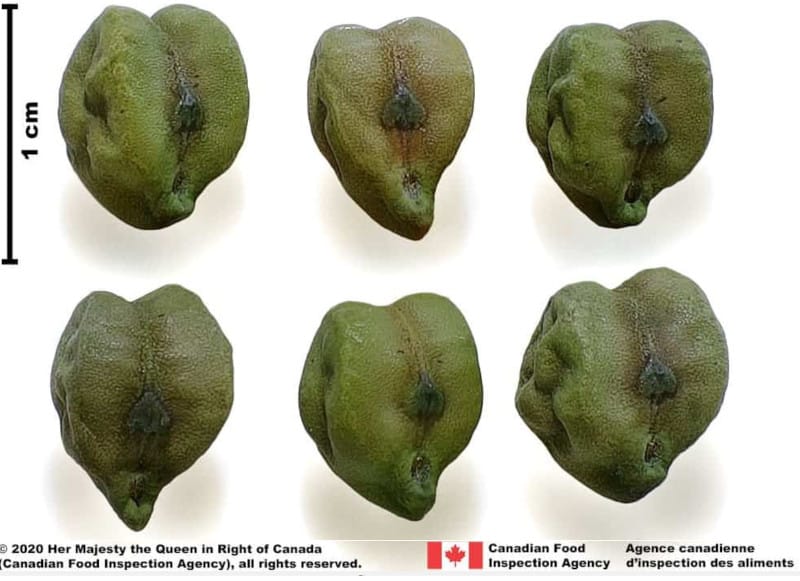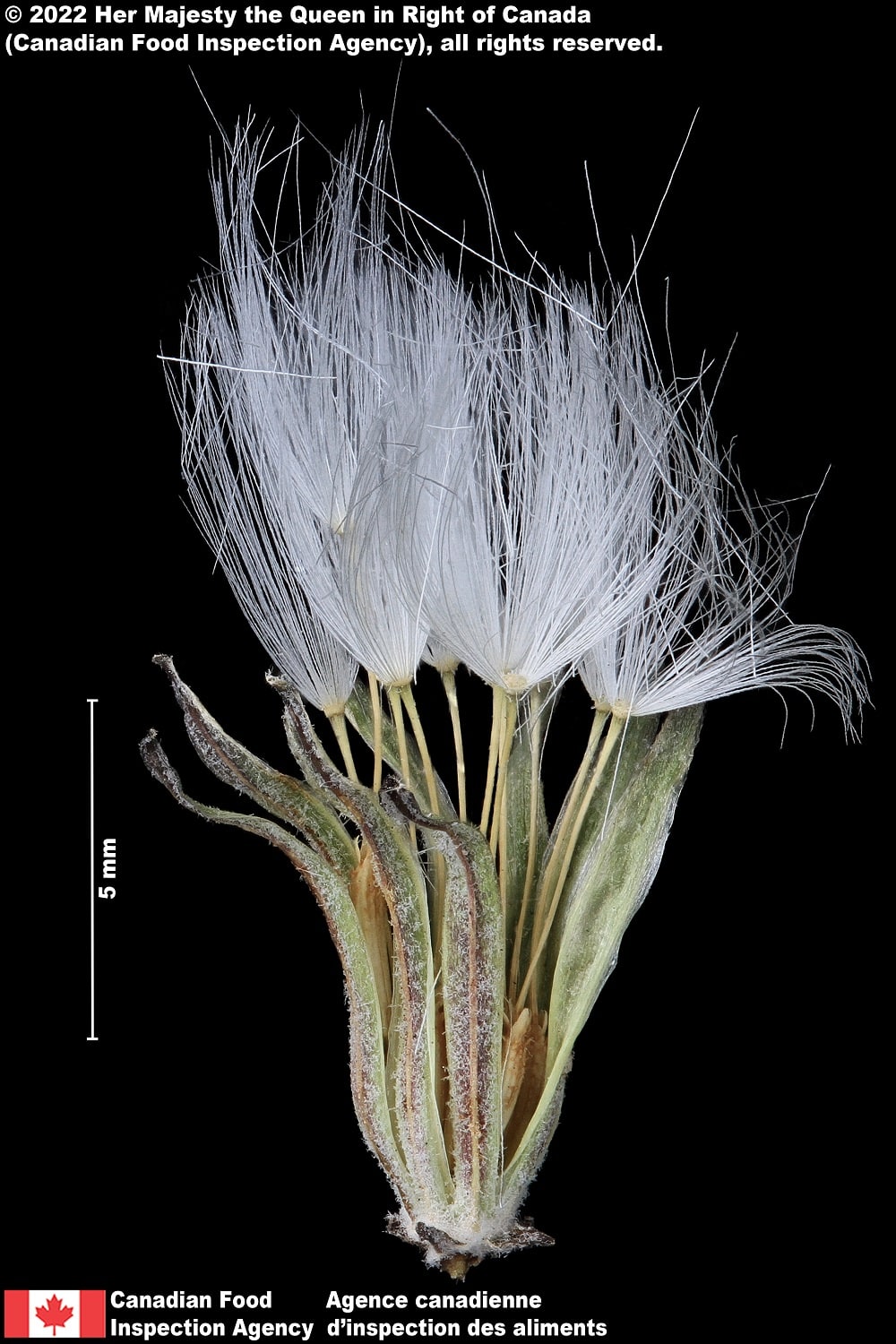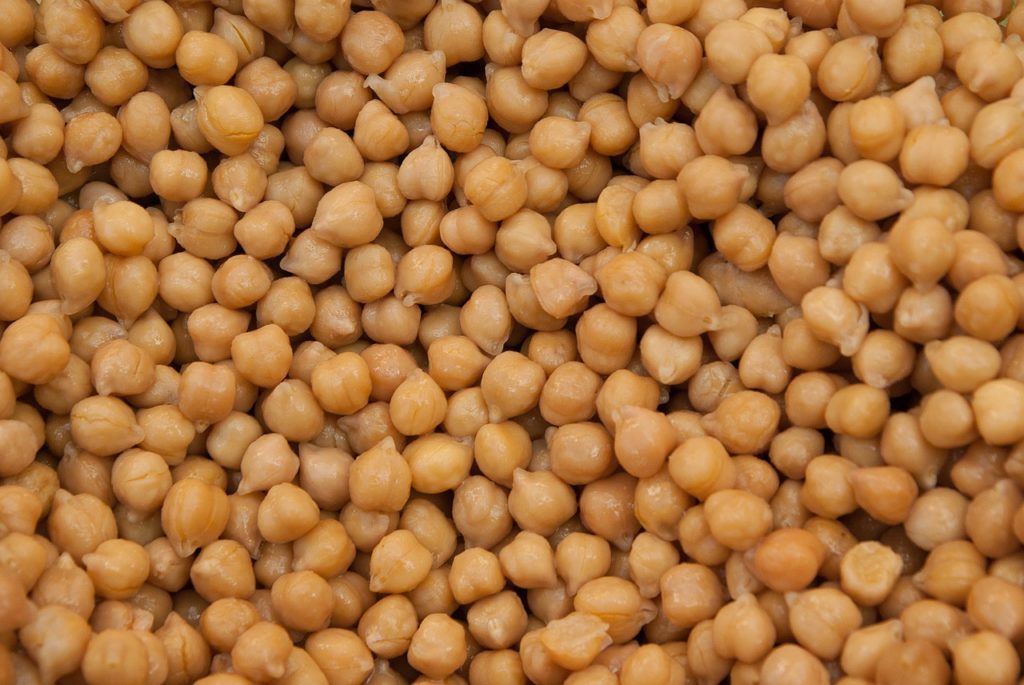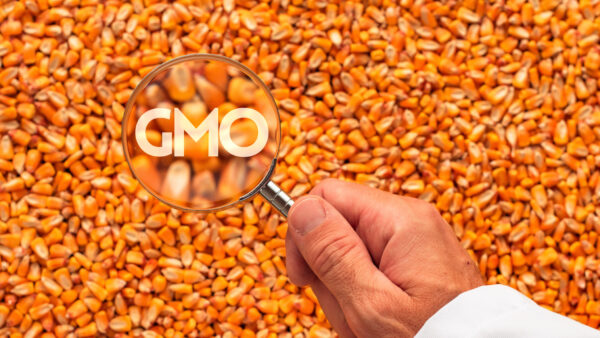Experts like those at Seed Check Technologies and the International Seed Morphology Association are working together to create a platform for effective knowledge sharing.

In the ever-evolving landscape of technological advancements, where artificial intelligence and cutting-edge tools dominate the discussion, it’s essential to recognize the irreplaceable value of human expertise.
This is particularly evident in the field of seed morphology and the collaborative efforts of organizations like the International Seed Morphology Association (ISMA), which aims to create a platform for knowledge sharing that ultimately benefits anyone who uses the services of a seed lab — which includes anybody who produces certified seed.
When ISMA first embarked on its journey in 2018 in response to a shrinking level of expertise in seed morphology applied in seed identification and purity analysis, the primary contributions it received were from the specialists at CFIA.
However, the realization dawned on those involved in ISMA that relying solely on CFIA was insufficient. The quest for more comprehensive knowledge-sharing led to the development of author protocols, templates, and workshops, laying the foundation for a robust database available online from a broader community of seed testing or botany.
A pivotal moment arrived when ISMA initiated collaborations, inviting authors to share their expertise in a standardized manner. These authors included the public and private spheres, included seed labs like Seed Check Technologies in Alberta.
Partnerships with organizations like Seed Check and the Association of Official Seed Analysts (AOSA) and Society of Commercial Seed Technologists (SCST) have given rise to projects focused on creating fact sheets for various species. The global impact is undeniable, with ISMA’s reach extending to over 40 countries.
The Need for a Data Standardization
One notable aspect of ISMA’s approach is the emphasis on standardization. Seed analysts, like those at Seed Check, often use different languages and vocabularies to describe seeds. The challenge lies in unifying this language to facilitate effective communication and, eventually, to empower AI to further enhance seed analysis.
The journey is not without its challenges, as contributors like the staff at Seed Check attest to the learning curve of adopting a standardized vocabulary for the seed testing industry. The detailed descriptions and protocols provided by ISMA serve as valuable resources, making the transition smoother.
The collaboration between human expertise and digital platforms is exemplified in the efforts to train authors and create a pool of knowledgeable contributors. The goal is not merely to share knowledge within Canada but to contribute to a global repository that benefits the entire seed industry.
Furthermore, seed analysts and the companies they work for benefit greatly from their collaborations with ISMA, which helps them better serve their customers. I, for one, am better able to do my job having honed my seed morphology skills through my participation with ISMA.
AI and the Value of Human Experience
In a world where artificial intelligence (AI) is often seen as the future of seed analysis and interpretation, ISMA’s approach underscores the importance of human knowledge. AI may be a powerful tool, but it relies on the foundational knowledge provided by experts who understand the intricacies of seed morphology.
ISMA’s platform has become a digital hub for sharing the wealth of seed knowledge accumulated over decades. The collaboration with seed analysts ensures that this knowledge is not confined to labs but is accessible globally, transcending language barriers.
As we navigate the intersection of technology and tradition, ISMA’s journey reminds us that the roots of innovation are firmly grounded in human expertise. The seeds of knowledge planted today have the potential to grow into a whole field of understanding, benefitting seed analysts, customers, and the global agricultural community alike.
For more info on ISMA visit idseed.org.
How Does the Seed Industry Benefit from Seed Morphology Expertise and ISMA?
- Knowledge Centralization: ISMA serves as a centralized platform for seed morphology information. By consolidating data and resources in one place, it streamlines access to valuable information for seed analysts, researchers, and professionals in the seed industry.
- Collaboration and Knowledge Sharing: The platform promotes collaboration and knowledge sharing among individuals and organizations interested in seed morphology. This collaborative approach facilitates a collective understanding of seeds, fostering a stronger community within the seed industry.
- Innovation and Research Support: ISMA supports innovation and research efforts in seed-related studies. The platform provides interactive digital tools and establishes a comprehensive database, enabling researchers to access a wealth of information for their studies on weed seeds, especially those with regulatory significance, economically important crop species, and wild plants.
- Standardization of Terminology: The standardization of seed morphology terminology on ISMA is crucial for the seed industry. It helps overcome language barriers and ensures that professionals across different regions and disciplines use a consistent vocabulary. This standardization enhances communication and accuracy in seed analysis.
- Training and Skill Development: ISMA offers training sessions and workshops for individuals who wish to contribute to the platform. This not only expands the pool of contributors but also enhances the skills of seed analysts, allowing them to contribute more effectively to the industry.












